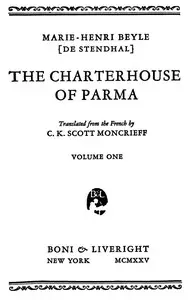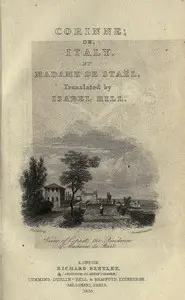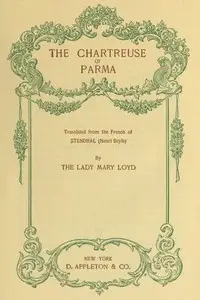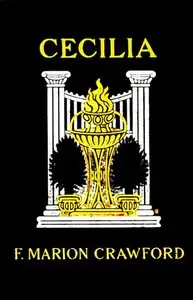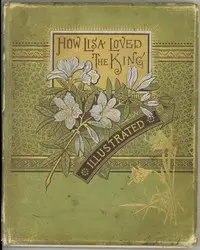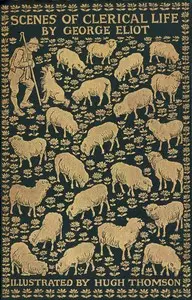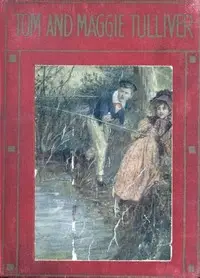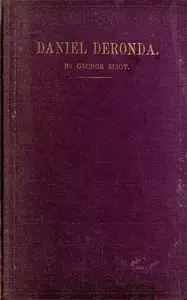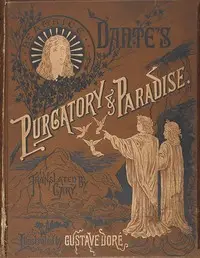"Romola" by George Eliot is a historical saga set in fifteenth-century Florence, where love, political unrest, and moral strength clash during the Renaissance. The story begins with Tito Melema, a young Greek man who arrives in Florence after a shipwreck, setting him on a path full of opportunities and challenges in the city’s complex world. The novel starts by painting a picture of Florence just before Lorenzo de’ Medici’s death, using poetic descriptions to highlight the city’s history and timeless human struggles. We then meet Tito, who is found on the streets by a pedlar, hinting at his uncertain future in a politically charged environment. As Tito looks for food and acceptance, he meets people who will influence his life, most importantly Bardo de’ Bardi and his daughter Romola; laying the groundwork to explore one's identity during times of great change.

Romola
By George Eliot
In a magnificent Italian city, a shipwrecked man seeks a new life, only to find himself caught in a web of romance, political conflict, and moral decision.
Summary
About the AuthorMary Ann Evans, known by her pen name George Eliot, was an English novelist, poet, journalist, translator, and one of the leading writers of the Victorian era. She wrote seven novels: Adam Bede (1859), The Mill on the Floss (1860), Silas Marner (1861), Romola (1862–1863), Felix Holt, the Radical (1866), Middlemarch (1871–1872) and Daniel Deronda (1876). As with Charles Dickens and Thomas Hardy, she emerged from provincial England; most of her works are set there. Her works are known for their realism, psychological insight, sense of place and detailed depiction of the countryside. Middlemarch was described by the novelist Virginia Woolf as "one of the few English novels written for grown-up people" and by Martin Amis and Julian Barnes as the greatest novel in the English language.
Mary Ann Evans, known by her pen name George Eliot, was an English novelist, poet, journalist, translator, and one of the leading writers of the Victorian era. She wrote seven novels: Adam Bede (1859), The Mill on the Floss (1860), Silas Marner (1861), Romola (1862–1863), Felix Holt, the Radical (1866), Middlemarch (1871–1872) and Daniel Deronda (1876). As with Charles Dickens and Thomas Hardy, she emerged from provincial England; most of her works are set there. Her works are known for their realism, psychological insight, sense of place and detailed depiction of the countryside. Middlemarch was described by the novelist Virginia Woolf as "one of the few English novels written for grown-up people" and by Martin Amis and Julian Barnes as the greatest novel in the English language.


